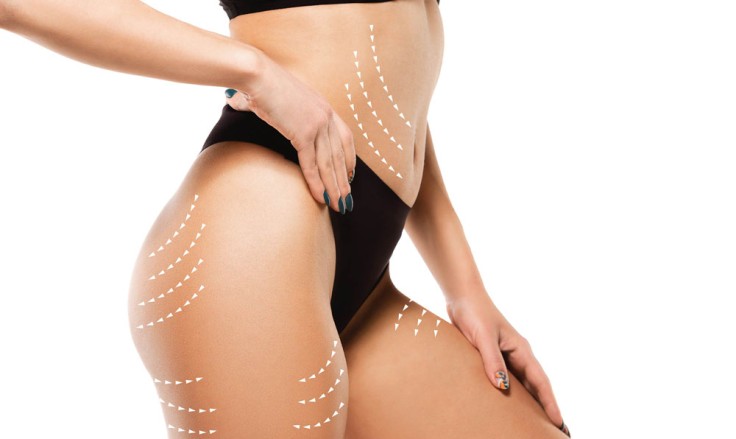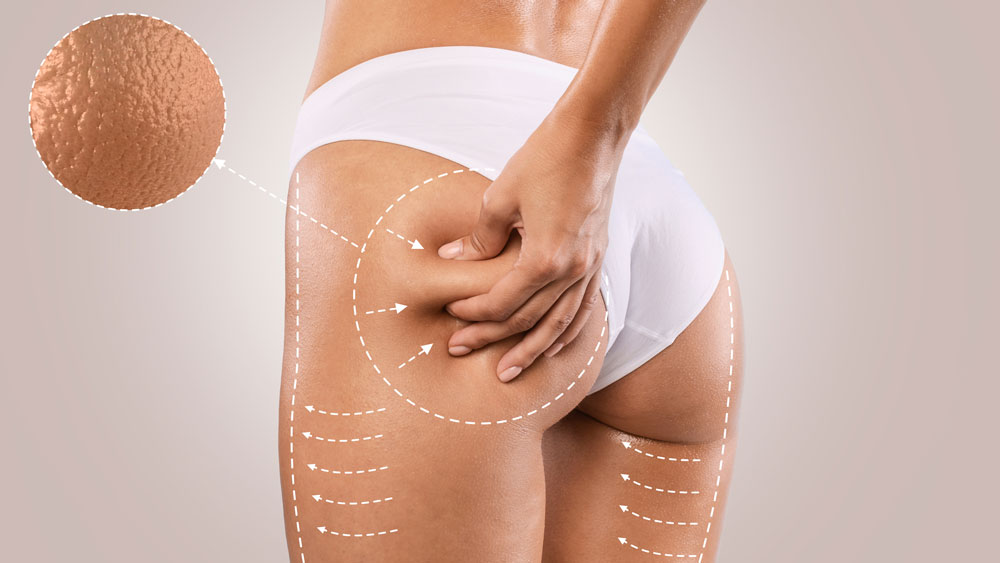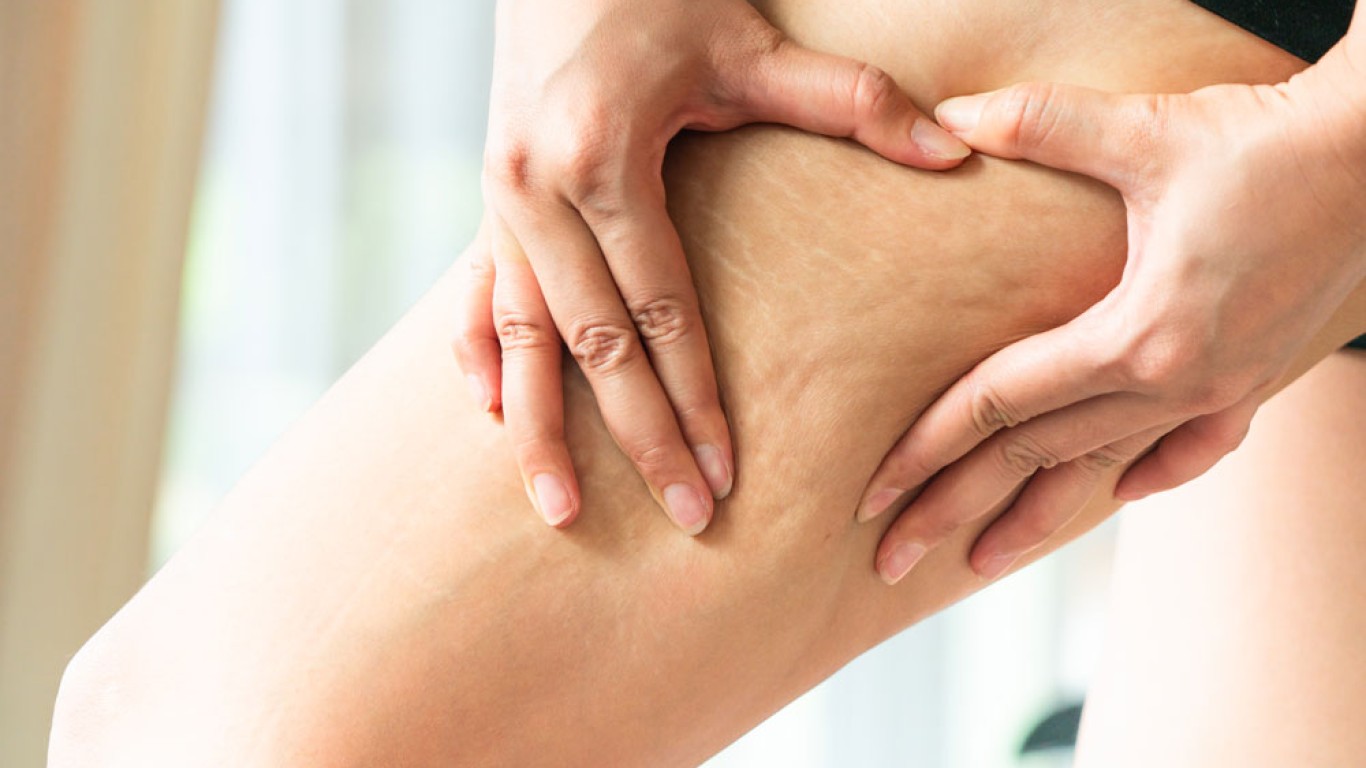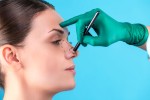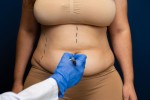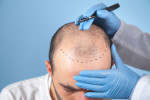Introduction
Lipedema is a chronic condition characterised by the abnormal accumulation of fat. It primarily affects the legs and arms. Despite being relatively common, it is often misunderstood. This article explores what lipedema is, its causes, symptoms, and treatment options.
What is Lipedema?
Lipedema is a disorder where fat is unevenly distributed beneath the skin. It usually affects the legs and, less commonly, the arms. This condition primarily occurs in women and is often mistaken for simple obesity or lymphedema. Unlike regular fat, lipedema fat is resistant to diet and exercise.
Causes
The exact cause of lipedema is unknown. However, it is believed to have a genetic component. Many women with the condition have a family history of the condition. Hormonal factors also play a role. It often appears or worsens during puberty, pregnancy, or menopause. These hormonal changes suggest that oestrogen may influence the development of lipedema.
Symptoms of Lipedema
Symptoms can vary in severity. Common symptoms include:
- Disproportionate Fat Distribution: Fat accumulates in the legs and sometimes arms, creating a column-like appearance.
- Tenderness and Pain: Affected areas are often tender and painful to the touch.
- Bruising: Increased susceptibility to bruising is common.
- Swelling: Swelling in the affected areas, which worsens throughout the day.
- Mobility Issues: Severe cases can lead to difficulty in mobility. This is due to the weight and size of the legs.
Stages of Lipedema
- Stage 1: Skin is smooth, but fat accumulation begins. Swelling increases by the end of the day.
- Stage 2: Skin starts to become uneven, and lumps of fat develop. Swelling is persistent.
- Stage 3: Large nodules of fat form, causing significant contour deformity. Skin can become hard and fibrotic.
- Stage 4: This stage is also known as lipolymphedema. This is where lymphatic system involvement leads to lymphedema.
Diagnosis of Lipedema
Diagnosing lipedema involves a clinical evaluation. There are no specific tests to identify it, so doctors use physical examination and patient history. Imaging tests like MRI or ultrasound can help rule out other conditions.
Treatment Options for Lipedema
While there is no cure, treatments can manage symptoms and improve quality of life:
- Compression Therapy: Wearing compression garments can help reduce swelling and pain.
- Manual Lymphatic Drainage (MLD): A specialised massage technique that helps reduce swelling.
- Liposuction: Liposuction, specifically tumescent liposuction, can remove lipedema fat and improve mobility and pain.
- Exercise: Low-impact exercises like swimming or walking can help maintain mobility and reduce stiffness.
- Healthy Diet: While diet alone won't cure any issues, maintaining a healthy diet can prevent further weight gain.
Lifestyle Changes and Management
Managing lipedema often involves lifestyle changes:
- Regular Exercise: Engaging in regular, low-impact exercise can help maintain mobility.
- Healthy Eating: A balanced diet helps manage weight and overall health.
- Compression Garments: Wearing compression garments daily can help manage symptoms.
- Self-care Practices: Regular skin care and self-massage can improve lymphatic flow.
Psychological Impact
Lipedema can have a significant psychological impact. The physical changes and chronic pain can lead to depression and anxiety. Support groups and counselling can be beneficial for mental health.
Conclusion
Lipedema is a chronic condition that affects many women. Understanding its causes, symptoms, and treatment options can help manage the condition effectively. If you suspect you have this condition, consult a healthcare provider for a diagnosis and treatment plan.
If you are interested in a consultation please visit the ACIBADEM Beauty Center webpage.
Frequently Asked Questions
The exact cause is unknown, but genetic and hormonal factors play significant roles.
There is no cure, but treatments can manage symptoms and improve quality of life.
No, it is a disorder of fat distribution that is resistant to diet and exercise. This is unlike obesity.
It is diagnosed through clinical evaluation, physical examination, and patient history.
Treatment includes compression therapy, manual lymphatic drainage, liposuction, exercise, and healthy eating.
